Table of Contents
When you picture knife tattoo designs, maybe you just see sharp steel and edge. Fair enough, that's part of it. But these tattoos cut deeper than just the surface. They aren't just random pieces of cutlery inked on skin; they carry weight, meaning, and a surprising range of artistic expression.
Why People Get Knife Tattoo Designs
Why People Get Knife Tattoo Designs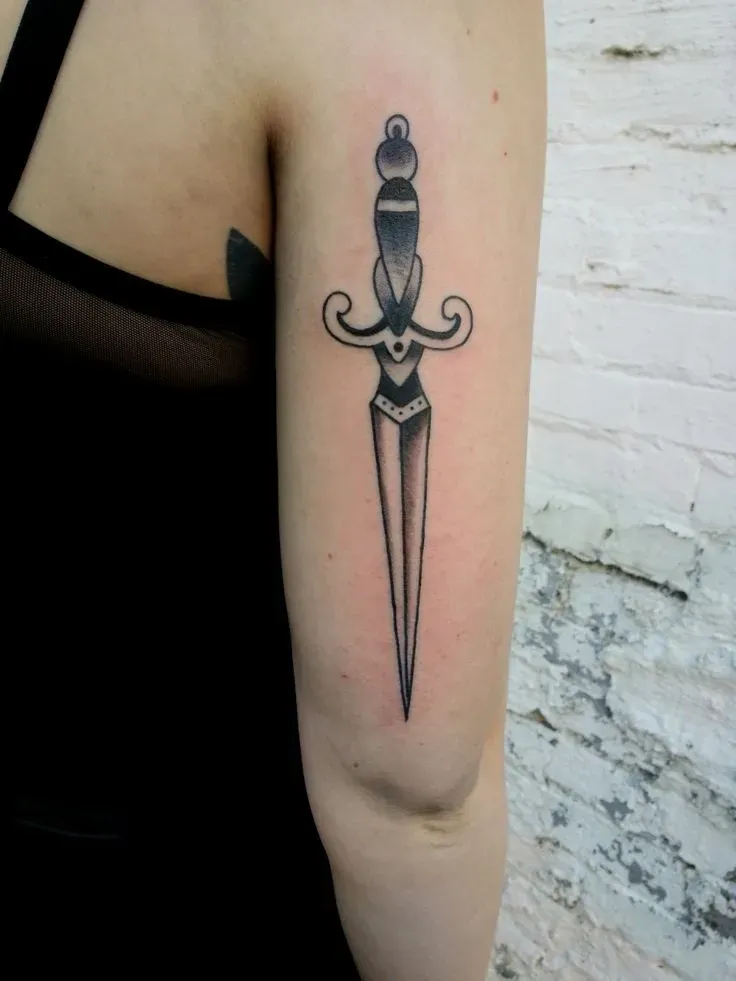
It's About More Than Just Looking Edgy
So, you're digging into why someone would permanently ink a sharp object onto their skin? It's a fair question. You might think it's all about looking tough or dangerous, and sure, for some, maybe there's a bit of that. But honestly, the reasons people get knife tattoo designs run way deeper than just wanting to appear intimidating. Think about what a knife *does*. It cuts, it separates, it prepares, it defends. These actions translate pretty directly into symbolic meanings that resonate with people's life experiences.
Often, these tattoos represent overcoming challenges, cutting ties with negative influences, or even the precision and skill needed in a craft or life. It’s less about aggression and more about agency – the ability to carve your own path or protect what's important to you. It’s a visual declaration of resilience, a reminder that you’ve faced something difficult and come out the other side, maybe a little scarred, but stronger and ready to handle whatever comes next.
- Symbolizing strength and resilience
- Representing protection or defense
- Marking a significant change or 'cutting off' the past
- Showing precision, skill, or craftsmanship
- Acknowledging struggle and survival
- Holding personal significance related to a specific event or person
A Personal Narrative Etched in Steel
Beyond the general symbolism, Why People Get Knife Tattoo Designs often comes down to a very personal narrative. Maybe someone used to struggle with addiction and getting clean felt like cutting away a part of themselves, a necessary amputation for survival. A chef might get a favorite kitchen knife to represent their passion and livelihood. Someone who survived a dangerous situation might choose a blade as a symbol of their ability to defend themselves or simply make it through.
It's not usually a casual choice. These tattoos carry weight because knives themselves carry weight – historically, practically, emotionally. They've been tools of creation and destruction throughout history. When someone chooses this image, they're tapping into that long, complex lineage. It's a bold statement, yeah, but often a deeply considered one that reflects a significant part of their identity or journey. It’s a permanent reminder of a truth they hold about themselves or their life.
Exploring Different Knife Tattoo Designs
Exploring Different Knife Tattoo Designs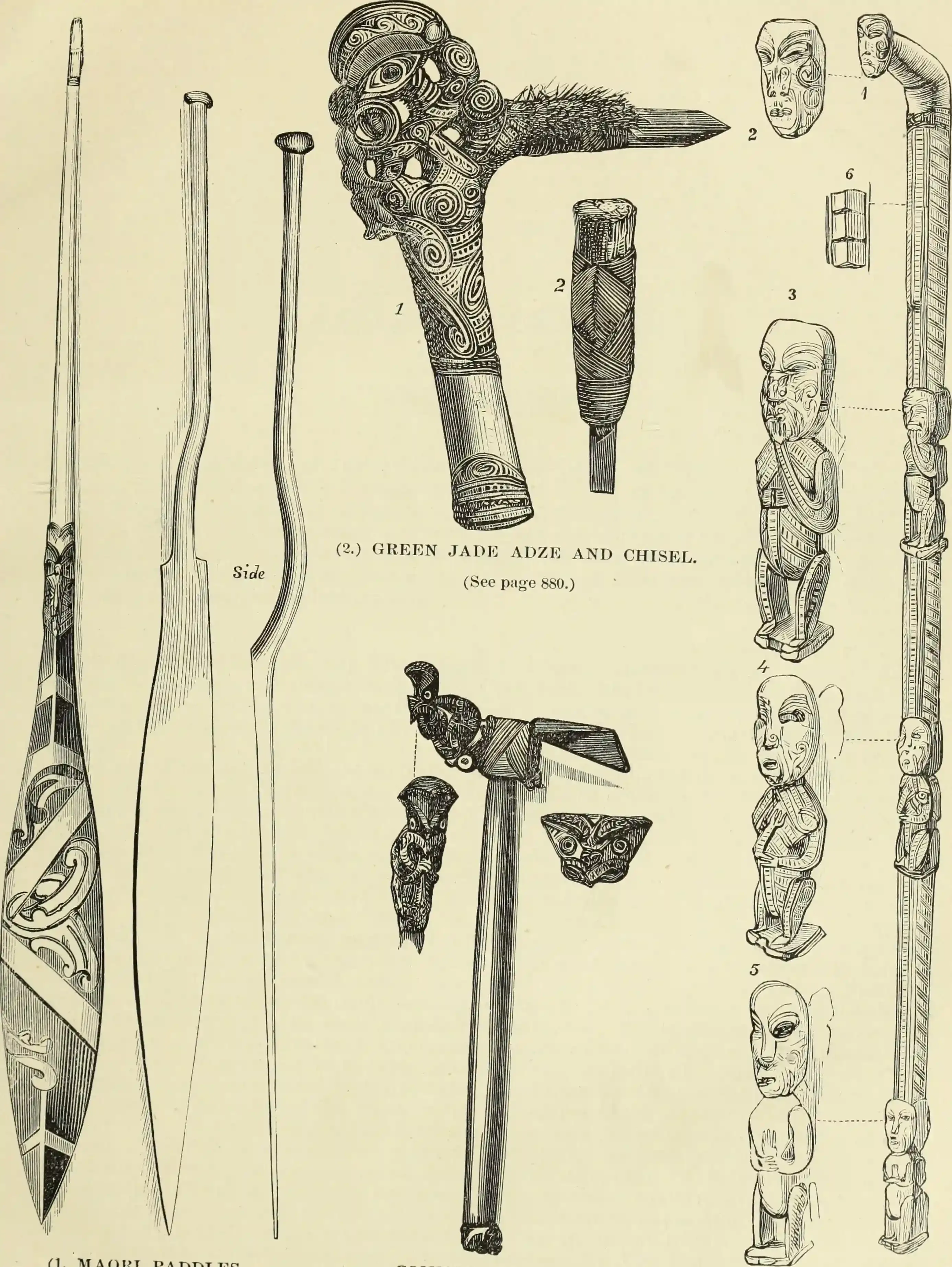
Beyond the Basic Blade: What Kind of Knife?
Alright, so you've decided a knife tattoo design might be your jam. Great. Now, which knife? It's not just one generic pointy thing. The type of blade you pick changes the whole vibe. Think about it: a gnarly bowie knife screams something different than a delicate stiletto or a chef's precise santoku. You see everything from old-school sailor jerry daggers, often paired with hearts or snakes, to hyper-realistic switchblades or even rustic utility knives.
The style matters too. Are you going for bold, traditional lines and colors? Or maybe black and grey realism that makes the metal look cold and sharp enough to cut you just by looking? Some folks get illustrative designs, almost like a sketch, while others lean into neo-traditional with thick outlines and vibrant shading. Each choice tells a different story about the person wearing it and the specific meaning they've attached to their knife tattoo design.
Adding Flavor: Combining Knives with Other Elements
Rarely do you see a knife tattoo design just floating there by itself. Artists and wearers love to mix and match these blades with other imagery to crank up the meaning or just make a cooler picture. A classic is the dagger through a heart – pretty clear message about love and pain, right? Or maybe a knife tangled with roses or vines, suggesting beauty mixed with danger, or perhaps overcoming something difficult but finding growth.
You also see knives paired with skulls, animals (like snakes or wolves), chains, or even food items depending on the personal connection. These combinations aren't random; they add layers to the narrative. A chef's knife cutting vegetables, a survival knife in a wilderness scene, a switchblade popping out of a pocket – these details ground the design and make it resonate on a deeper level than just a solitary blade.
What's the most common object you see paired with a knife tattoo?
- Hearts (often pierced)
- Roses or other flowers
- Snakes or other animals
- Skulls
- Chains or ropes
- Food items (especially for chefs)
The Symbolism Behind Knife Tattoo Designs
The Symbolism Behind Knife Tattoo Designs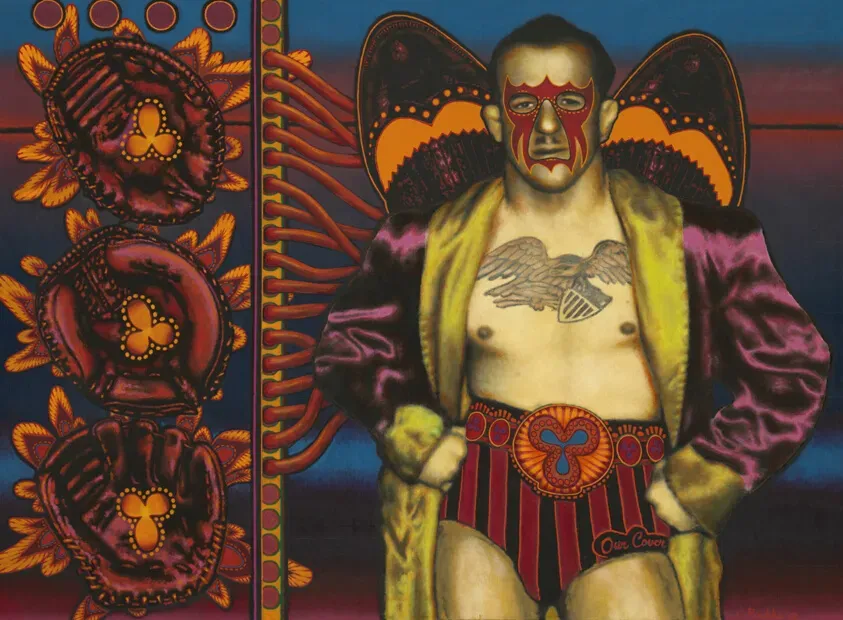
Cutting Ties and New Beginnings
Let's talk about what these knife tattoo designs really *mean* beyond just looking cool. One of the most powerful symbols is the act of cutting itself. Think about it: you use a knife to sever things. In the tattoo world, this often translates to cutting ties with the past.
Maybe it's a toxic relationship, a bad habit, or a period of life you needed to leave behind.
A knife tattoo can be a permanent mark of that break, a declaration that you've actively separated yourself from something holding you back.
It’s less about aggression towards others and more about a decisive action for self-preservation or growth.
It’s a symbol of liberation, sometimes hard-won and painful, but ultimately necessary.
It’s saying, "That chapter is closed, and I'm the one who closed it."
Protection, Survival, and Resilience
Another layer to knife tattoo designs is the idea of protection and survival. Historically, knives were essential tools for defense and making your way in the world.
They helped you hunt, build shelter, and fend off threats.
Getting a knife tattoo can tap into this primal sense of being prepared, of being able to handle whatever comes your way.
It’s a nod to resilience, to the ability to endure difficult circumstances and come out intact.
For some, it represents surviving a specific trauma or challenge, a reminder of their own strength and capability.
It signifies a readiness to protect oneself and one's loved ones, a personal shield inked onto the skin.
Symbolic Meaning | Possible Imagery |
|---|---|
Cutting Off the Past | Severed rope, broken chain, falling leaves |
Protection/Survival | Shield, animal (snake, wolf), wilderness elements |
Precision/Skill | Tools, measuring instruments, detailed patterns |
Struggle/Pain | Heart (pierced), thorns, blood drops |
Precision, Skill, and Craft
Not all knife tattoo designs are about conflict or survival in a harsh sense. Many represent precision, skill, and mastery.
Think of a surgeon's scalpel, a chef's knife, a craftsman's utility blade.
These are tools used to create, to refine, to perform delicate and exact tasks.
A tattoo of a specific type of knife can honor a profession, a hobby, or a dedication to excellence in a particular craft.
It speaks to focus, discipline, and the ability to achieve a desired outcome through careful, deliberate action.
It's a symbol of honed ability, of sharpness not just in the blade, but in the mind and hands of the person wielding it.
This meaning adds a whole different dimension, moving away from aggression towards artistry and expertise.
Choosing Placement and Style for Your Knife Tattoo
Choosing Placement and Style for Your Knife Tattoo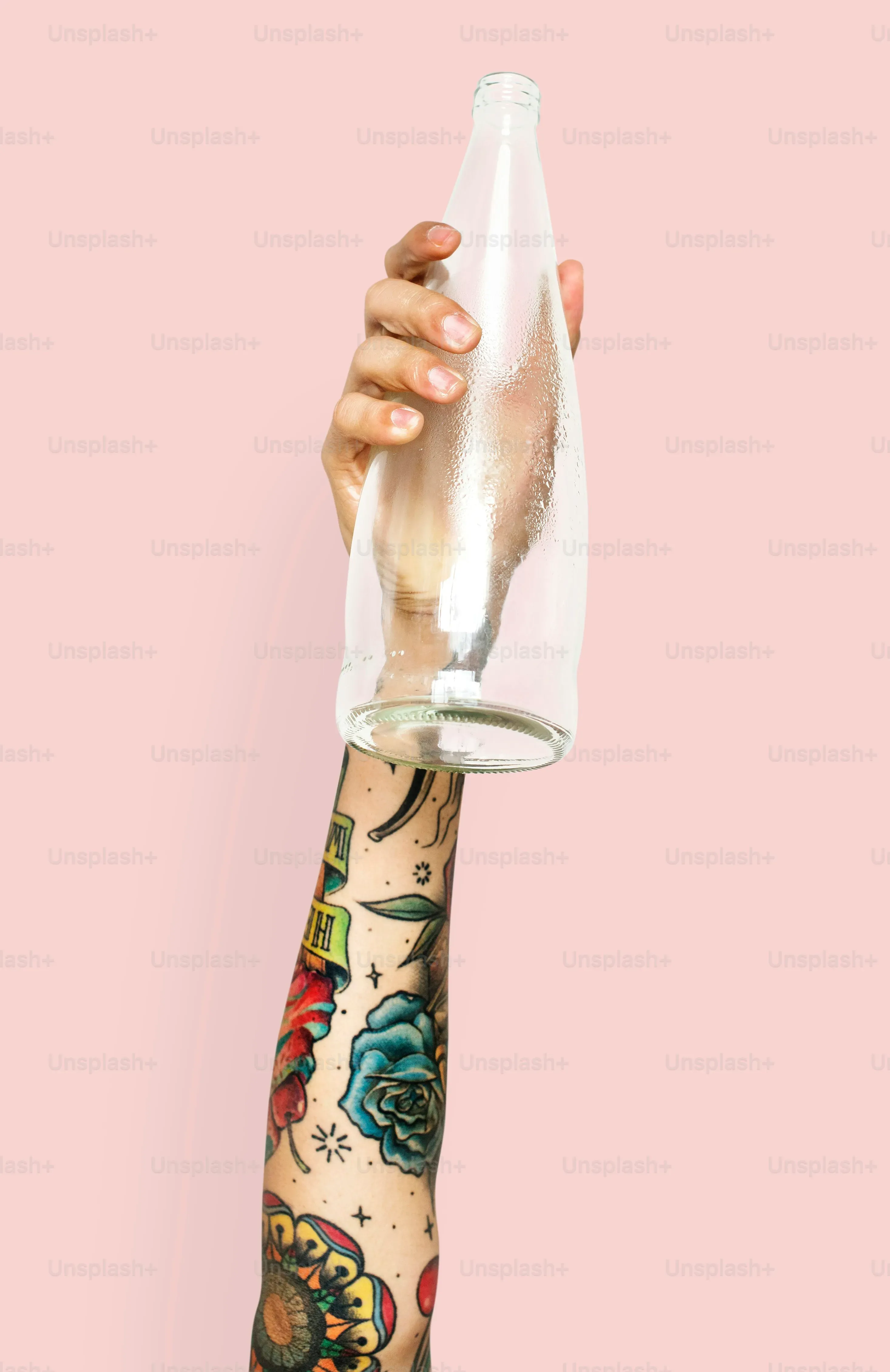
Alright, you're sold on the idea of knife tattoo designs. Cool. Now comes the tricky part: where does this thing go, and what's it actually going to look like? This isn't like picking a spot for a tiny heart; a knife, even a small one, makes a statement, and its placement shouts that message louder or softer depending on where it sits. A blade running down your forearm is way different than one tucked behind your ear, right? And the style – traditional, realism, illustrative – completely changes the mood, turning a simple shape into a whole vibe, whether that's gritty and tough or sharp and refined. Thinking about how often you want to see it, how visible you want it to be to others, and how it flows with your body's lines is crucial.
Getting Your Knife Tattoo: Tips and Considerations
Getting Your Knife Tattoo: Tips and Considerations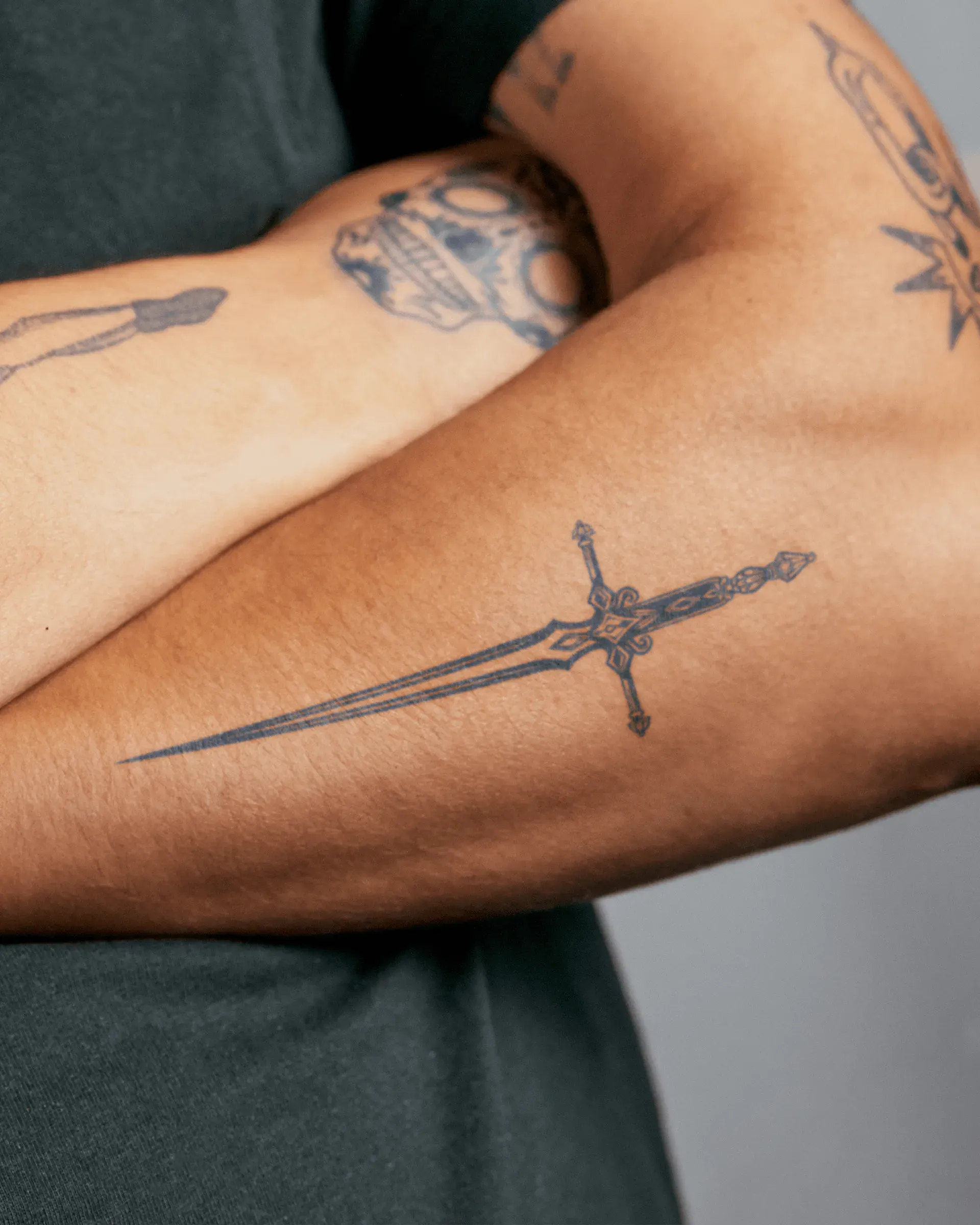
Finding the Right Hand for Your Blade
you've mulled over the meaning, pictured the style, and decided a knife tattoo design is definitely the move. Excellent. Now, who's actually going to put this thing on you? You wouldn't trust just anyone with a sharp object, and you shouldn't trust just any artist with your skin for a knife tattoo. This isn't a simple little dot work piece; it requires precision, understanding of linework, shading metal, and potentially intricate details like handles or accompanying elements. Look for artists whose portfolios show solid line work, good understanding of depth, and maybe even examples of similar object-based tattoos.
Don't just walk into the first shop you see. Do your homework. Check out artists on Instagram, look at reviews, and maybe even schedule a consultation. Talk through your vision, the specific type of knife, the style you're leaning towards, and the placement. A good artist will listen, offer suggestions based on their experience, and be honest about what will look good and hold up over time. They should be asking you questions too, not just nodding along. This is a collaboration, not just a transaction.
The Ouch Factor and Keeping it Sharp
Let's be real, tattoos hurt. How much depends on where you get it and your own pain tolerance, but a knife tattoo design, especially one with detailed linework or solid shading, will make you feel something. Areas with thin skin or close to bone, like the ribs, feet, or inner bicep, are generally more sensitive. Fleshy areas like the calf or forearm might be more comfortable, but everyone's different. Prepare yourself, maybe bring some distractions, and trust your artist to work efficiently.
Once the ink is in, the work isn't over. Proper aftercare is non-negotiable if you want your knife tattoo to heal correctly and stay looking sharp for years. Listen *exactly* to your artist's instructions about cleaning, moisturizing, and avoiding sun exposure or soaking. Neglect it, and you risk infection, poor healing, and a blurry mess that looks less like a precision tool and more like a spork. Remember, this is permanent; a little diligent care upfront saves a lot of heartache (and potential touch-up costs) down the line.
- Research artists specializing in linework and detail.
- Schedule a consultation to discuss your vision.
- Consider placement carefully based on visibility and pain tolerance.
- Prepare for the tattoo session (eat, hydrate, distract).
- Follow aftercare instructions religiously.
- Be prepared for potential touch-ups over the years.
Cutting Edge Ink: Final Thoughts
So, we've taken a look at knife tattoo designs, moving past the simple idea of a sharp object. We've seen how these designs can symbolize protection, struggle, precision, or even a cutting away from the past. The variety is clear, from classic daggers to more stylized blades, each offering a different visual story. Placement and style matter, influencing how the design is perceived and feels on the skin. Ultimately, a knife tattoo isn't just about liking pointy things; it's often a deliberate choice carrying personal weight. It's ink that says something, sometimes sharp, sometimes subtle, but rarely just decorative.